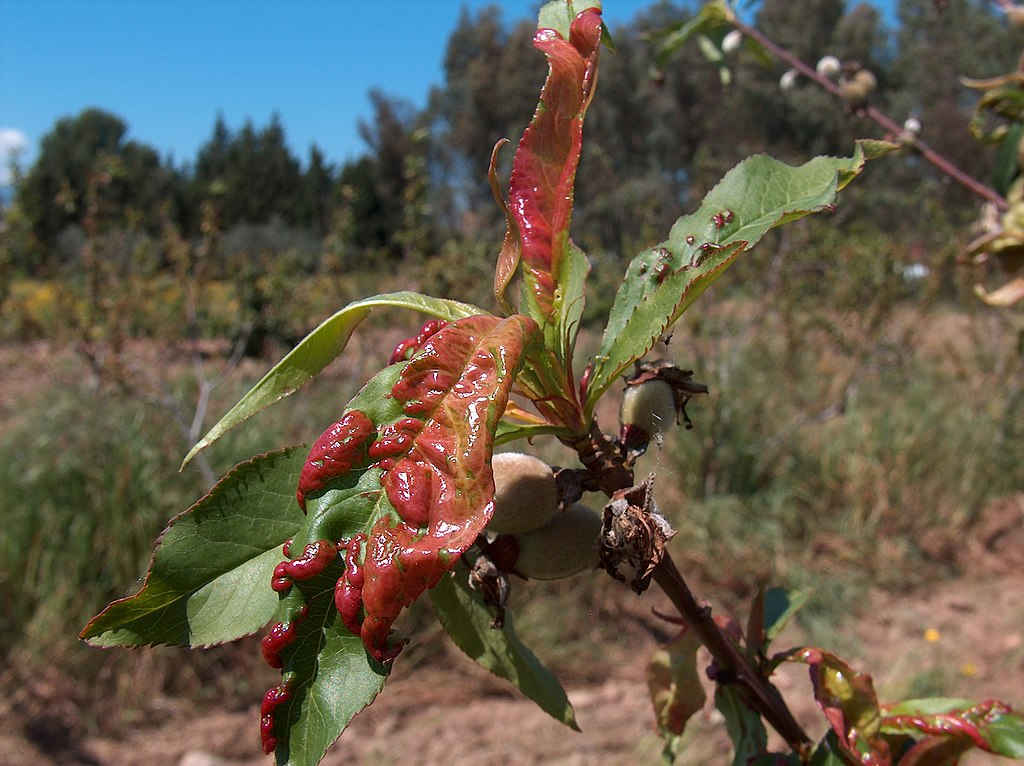All too often I am asked questions about problems that have already occurred and its to late to prevent them.
Its like the old saying, closing the gate after the horse has gone.
Unless you are onto it, you will miss the vital times when your efforts will be worthwhile and make a difference for that season.
We are now past July; the middle of winter and if patterns follow the past few seasons we are likely to see some good weather in this month which will mean, (with the extending day light hours) things will start moving.
The following are situations for gardeners that have these problems from the past. Here is what I believe to be the best ways to handle them.
If you read my recent articles about making the soil healthy then apply that also to the following problems because healthy soil will make for healthy plants given time and in most cases.
Plants and trees etc that do not healthy and have a weak constitution, likely through breeding, should after a few seasons of effort be disposed of and replaced with another specimen that can be healthy.
Curly leaf is a disease on stone fruit trees which effects nectarines and peaches.
The spores from the previous season are sitting waiting for the leaves to form and the right conditions to infect. The damage from last spring will lead to even more damage this spring unless you intervene.
If the damage is severe enough, not only will you not have any crop but you can also lose the tree.
I have had a few interesting talks with gardeners that have grown stone fruit directly from stones.
These trees grow on their own root stock, fruit within a couple of years or so and do not have curly leaf disease.
This means that it is the grafted varieties of stone fruit that we have problems with and the very worst ones are those dwarf specimens for curly leaf.
So what to do:
The trees and the ground under them should be sprayed with potassium permanganate at half a teaspoon per litre of water now. Add about a level tablespoon of Ocean Solids to the spray as it increases the effectiveness.
Leave for about two weeks and spray again with potassium permanganate at ¾ a teaspoon into a litre of water with 3 tablespoons of Ocean Solids, dissolved and then added to a further 10 litres of water.
Spray the whole tree and drench the soil underneath from trunk to beyond the drip line.
What we are trying to do here is kill as many spores of the disease as possible that are on the tree and in the soil under the tree.
Some years ago I suggested scattering Ocean Solids under the trees before they start to move in the spring, the information on this came from Sea90 for those familiar with that method.
I have heard some positive feed back from gardeners that have done this and they also said that if any damage starts to appear on the foliage they spread some more Ocean Solids.
Likely the sodium chloride neutralizes the spores as well as increasing the mineral uptake of the tree.
The traditional method of control is to spray the tree, once the leaves start to appear, this is done every 7 to 10 days with Wallys Liquid Copper and Raingard.
The idea here is to keep a film of copper over the leaves as they are growing to kill the spores when they land on the leaves.
‘This spray program is repeated for about 2 months. The Raingard is very important because without it the copper would wash off in rain and that is when the disease spores strike.
I have also suggested the use of Vaporgard to be sprayed over and under the foliage once a good amount of leaves have appeared without damage.
The film is also a barrier to the spores and will assist the tree to produce more energy from sunlight helping to retain a good crop of fruit.
Growing your own fruit and vegetables naturally is the answer to better health.
Codlin moth another annoying pest that spoils apples, walnuts and sometimes pears.
At this time the codlin are in cocoons, pupating waiting for the right time to emerge to mate, lay their eggs and damage your apples.
Where they are hiding is in nooks and crannies on the tree, but mainly in the soil under the tree.
What you could do at this time if you had a few chickens is netting off the area under the tree, rake the soil and put your hens in there to gobble up any cocoons they scratch out.
Next at end of July sprinkle Wally Neem Tree Granules under the tree from trunk to drip line.
What this does is create a smell from the granules breaking down that prevents the moths when they emerge to detect the apple tree above them.
They sit there waiting for the tree to come along and hopefully will be eaten by birds.
The pests are not going to emerge till the apples have set on the tree after flowering and the weather conditions are congenial.
Once the flowering has finished you can put a can with treacle in an onion bag and hang it in the tree.
This will attract the male moths, by monitoring the trap you will know when they are on the wing.
Then you can start spraying with Wallys Neem Tree Oil and Raingard every 10 to 14 days.
You dont need to spray the tree just the apples so they have a coating of oil on them when the grubs take their first bite. Once activity stops in your trap you can stop spraying.
Another alternative I discovered last season was to use crop cover wrapped around the fruiting branches and pegged with clothes pegs.
It can be taped on at the beginning of a branch, one layer only which allows sufficient light to leaves and fruit and I found not only did it keep birds from pecking the fruit it also prevented any codlin moth damage.
Psyllids on potatoes, tomatoes, tamarillos and some other plants.
A real problem pest which ideally with potatoes you plant the seed potatoes as soon as possible, protect them from frost by mounding up over foliage then once this has become impractical then use crop cover over hoops to give frost protection.
Harvest the crop about Labour Weekend or as soon as mature.
In early and out as soon as mature is easy solution. If you want a late planting use the special Quarantine cloth over the crop to prevent the psyllids getting in.
Otherwise use the cell strengthening kit which toughens the foliage so that the nymphs cannot feed.
Tomato plants are ruined by the psyllids much to the dismay of gardeners.
The idea is; to strengthen the plant’s cells so that the weak piercing-sucking mouth parts of the psyllids have difficulties piercing the strong cells of the plant and therefore cant feed and die.
Image credit: Giancarlo Dessi, CC BY-SA 3.0
Products mentioned are from Wallys Range of products and can be found in some garden shops or by Mail Order on www.0800466464.co.nz
Problems ring me at: Phone 0800 466464
Garden Pages and News at www.gardenews.co.nz
Shar Pei pages at www.sharpei.co.nz
Mail Order products at www.0800466464.co.nz

